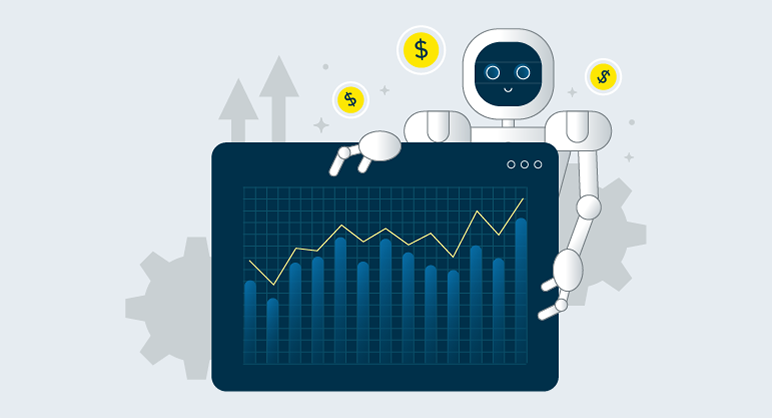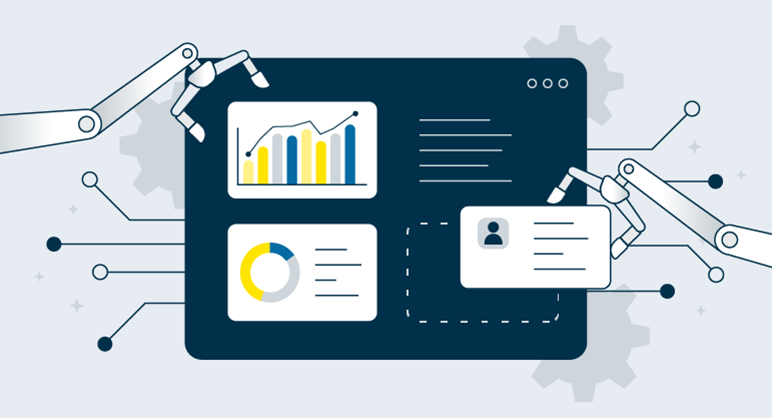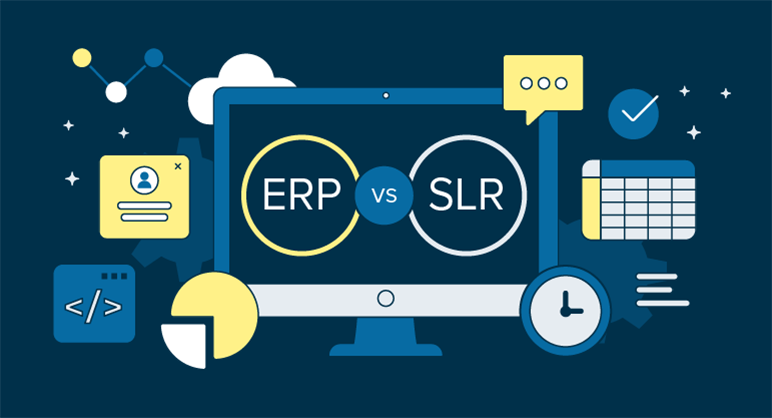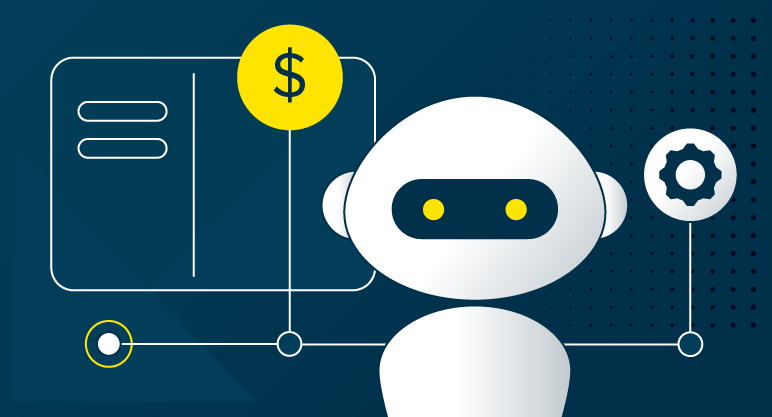As businesses get more complex, the role of the finance department is changing fast. No longer just number crunching, finance teams are becoming strategic advisors with the assistance of technology. A significant concept enabling organisations to drive this change further is Autonomous Finance.







What is Autonomous Finance
Autonomous Finance is a game changing way of doing financial operations. At its heart it’s a self-learning and self-improving finance function. Unlike traditional models that rely on manual processes, Autonomous Finance uses algorithms, AI and machine learning to automate and optimise financial tasks. This means the finance function can continuously get more efficient and effective without human intervention, freeing up time and capacity for the finance teams to advise the business and help develop its strategy.
Components of Autonomous Finance
To understand Autonomous Finance you need to break it down into its core components:
Benefits and Challenges of Autonomous Finance
Moving to Autonomous Finance brings many benefits:
But moving to Autonomous Finance has its own challenges:
Moving to Autonomous Finance: A Journey from Traditional to Transformational
In our fast-paced business world, the path to Autonomous Finance means moving from manual accounting to rule based systems and ultimately to autonomous processes.
Our team at FIIT Consulting has extensive experience in guiding clients through this journey. We implement subledger systems and other technologies to bring together a unified data platform providing real-time insights and enabling strategic decision making.
What we see as the #1 pre-requisite: The Team Effort
A common theme we have seen is that these transformations only work when everyone is aligned across all departments. Finance, technology, operations, IT and partners must work together. A collective effort is required to get these initiatives over the line.
Conclusion
Autonomous Finance is the future of the finance function. By integrating data and automating processes companies can turn their finance function into a dynamic strategic unit that supports and drives business. Together we can make finance not just a support function but a core driver of business success.